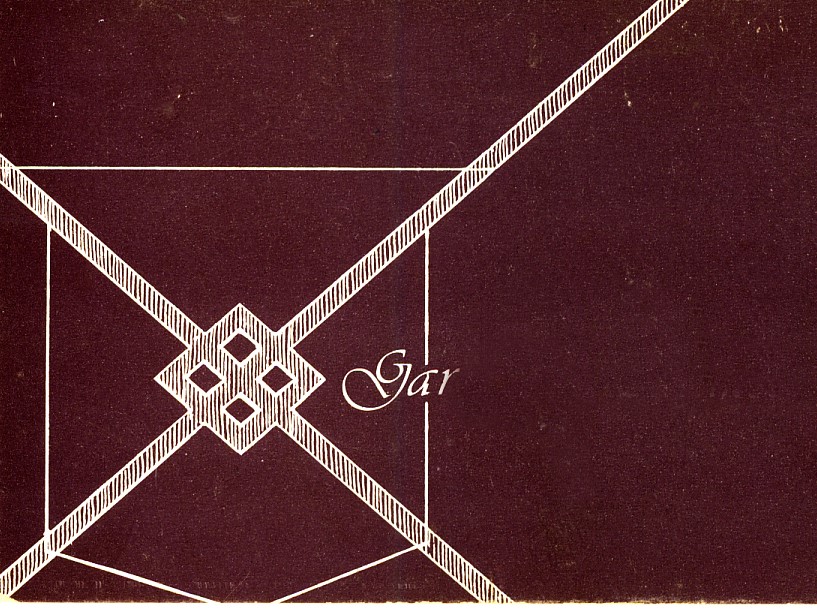We use the verb “to be” a lot mostly because it’s easier than looking around for a verb that’s more accurate. But “to be” is a passive verb; it doesn’t do anything but join parts of a sentence together. Take this sentence: “The road was wet and shiny.” It provides information, sure, but it’s a bit bland. If we use an active verb rather than “was”, we get something more satisfying. “The wet road glistened in the pools of light thrown down by the occasional streetlight.” I added a bit of detail and using “glistened” rather than “was” seems to me to add more life to the event. As well, I moved the word “wet” in front of the subject, the road, rather than leaving it after the verb “was”. In the original sentence, the verb “was” carries what grammarians call a subjective completion. They call it that because it literally completes the subject by linking “wet” back to “road”, so putting “wet” in front of “road” as an adjective makes sense. Once I did that, however, I didn’t need the verb “was” anymore to link parts of the sentence together, and I had a chance to make the sentence really work hard.
That’s part of what makes my life difficult: removing passive verbs and searching for active ones in what I write. Make no mistake, though, the verb “to be” in all its forms is so damn useful I can’t avoid using it. No one can. The problem comes when I get lazy and use it far too much.
Overuse drains the life out of any prose. One time, my partner and editor, Renee, said to me when I got stuck, “Just start with ‘It was a dark and stormy night,’ and go from there.” So I did. But I had to do something with that verb “was”. I thought a bit and came up with “Storm clouds driven by heavy winds washed sheets of rain over the road, narrowing my vision to two feeble cones of light from my headlights.” Again, once I had the verbs I couldn’t resist adding some detail. And that’s the point I’m making. Once you start using active verbs, details follow. With the details come texture and atmosphere.
The best way to see how this works is to write a paragraph of your own. It’ll have a lot of passive verbs. Describe a park near you. Then go back and start changing passive to active ones wherever possible. You’ll find that the urge to add detail is impossible to ignore, and you’ll start writing much more interesting prose.
